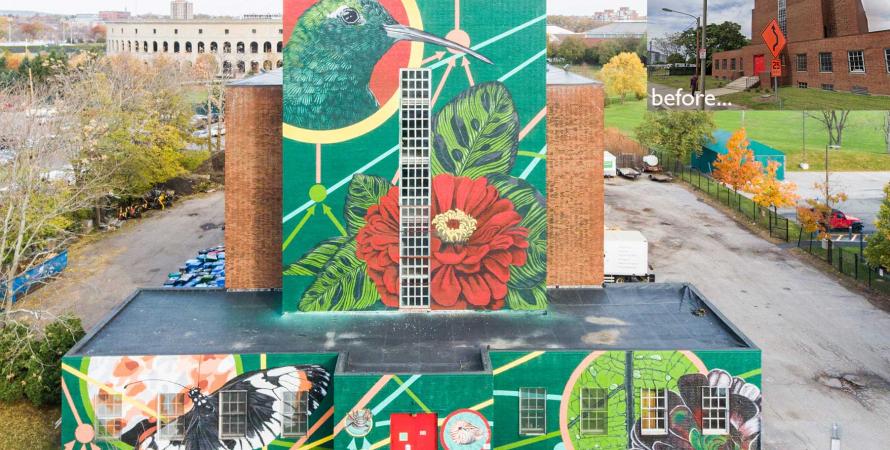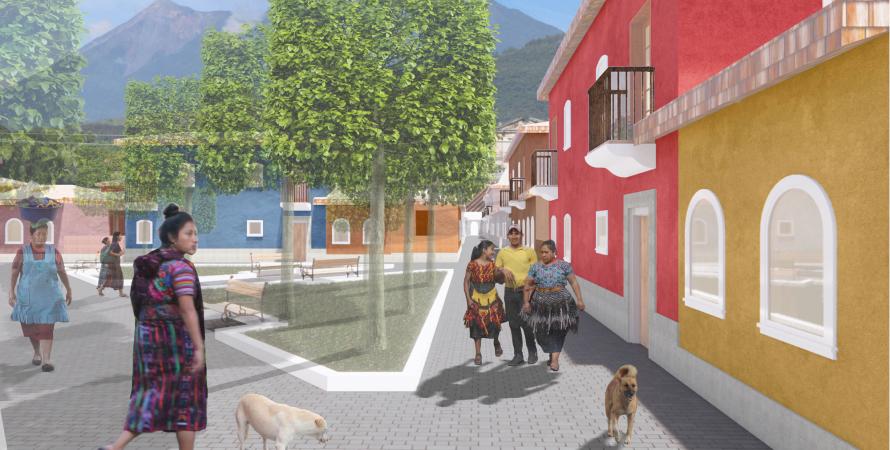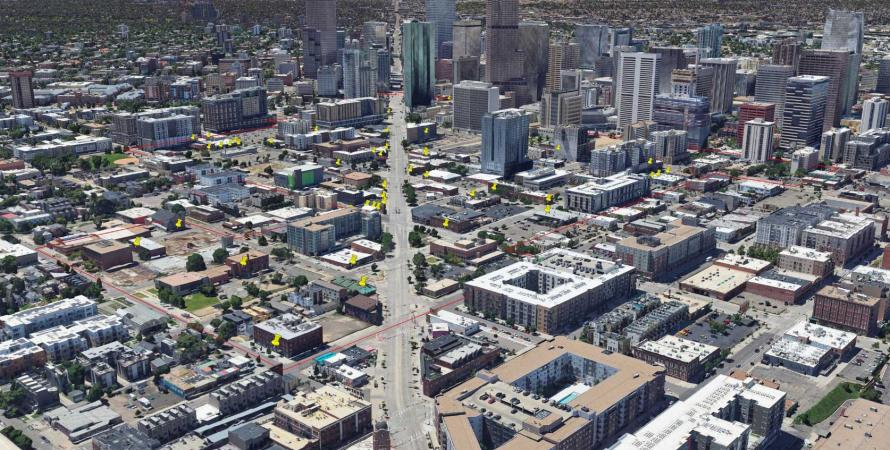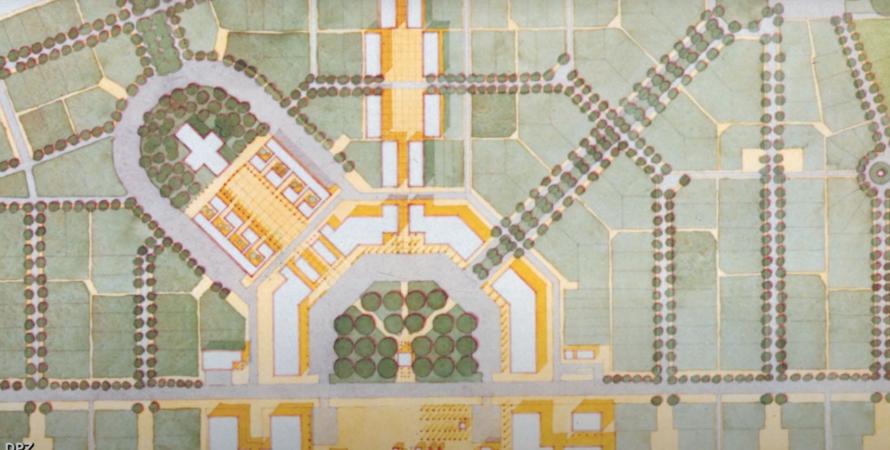-

Catalyzing neighborhood change through art, public space, and activity
Zone 3 creates a tactical arts hub in the Allston neighborhood of Boston. Harvard University won a Merit Award in the Block, Street, and Building category of the 2025 CNU Charter Awards.Allston, Boston, is directly across the Charles River from intensely walkable Harvard Square. Yet, the neighborhood until recently was industrial in character and automobile-oriented—a place for cars passing through to other locations. With facilities in Allston, including Harvard Stadium, Harvard...Read more -

Sustainable new timber-frame fabric in Guatemala
Construyendo Guatemala: Tradition and Technology combines creative infill design and construction. Deisy Velasquez, University of Maryland, won a Student Merit Award in The Neighborhood, District, and Corridor category of the 2025 Charter Awards.Construyendo Guatemala proposes low-rise, high-density mixed housing, a community center, open spaces, and a school for a 10-acre infill site in Antigua. Designer Deisy Velasquez analyzed the urban fabric in Antigua, founded nearly 500 years ago in 1543. The city’s layout in a 5-by-5 block grid,...Read more -

Preservation plan promotes climate-friendly development
Regenerative Conservation: Centering Preservation Philosophy within Urban Planning Policy. Sean Gaouette at the University of Notre Dame won a Student Merit Award in The Neighborhood, The District, and The Corridor category of the 2025 CNU Charter Awards.Regenerative Conservation began as a study of resilient cities in climate-stricken areas, focusing on the 40-block, 150-acre Arapahoe Square, a neighborhood adjacent to downtown Denver, Colorado. This project applies a range of tools, including a conservation district, building code amendments,...Read more -

The Art of the New Urbanism
Fine art helped to drive the New Urbanism trend toward walkable communities.A coming book on the New Urbanism that will blow a lot of socks off. The Art of the New Urbanism Volume 1, highlights an aspect of the movement that is long overdue for examination: The works of the talented artists who have drawn renderings and plans for countless projects. Explains co-author...Read more